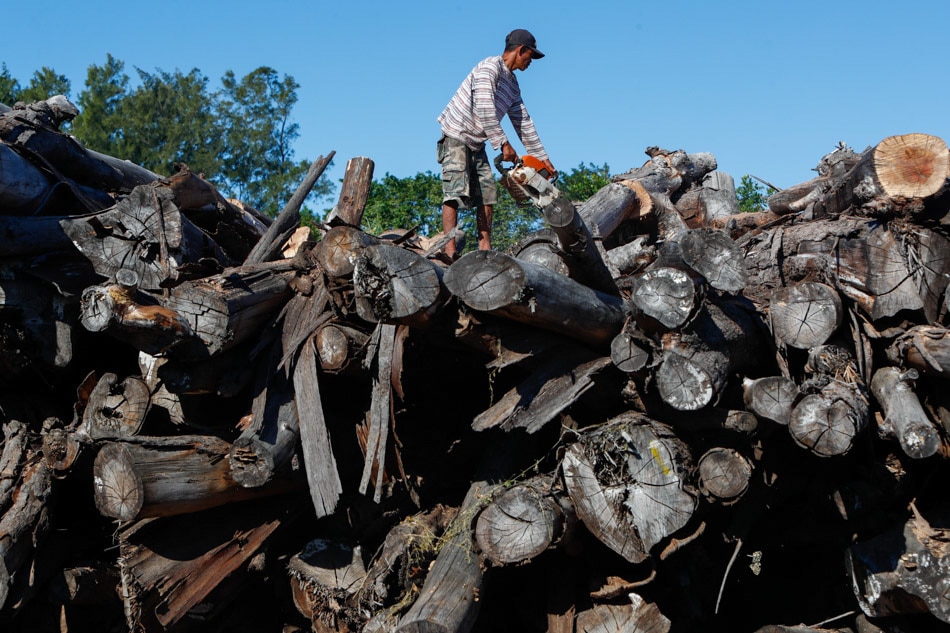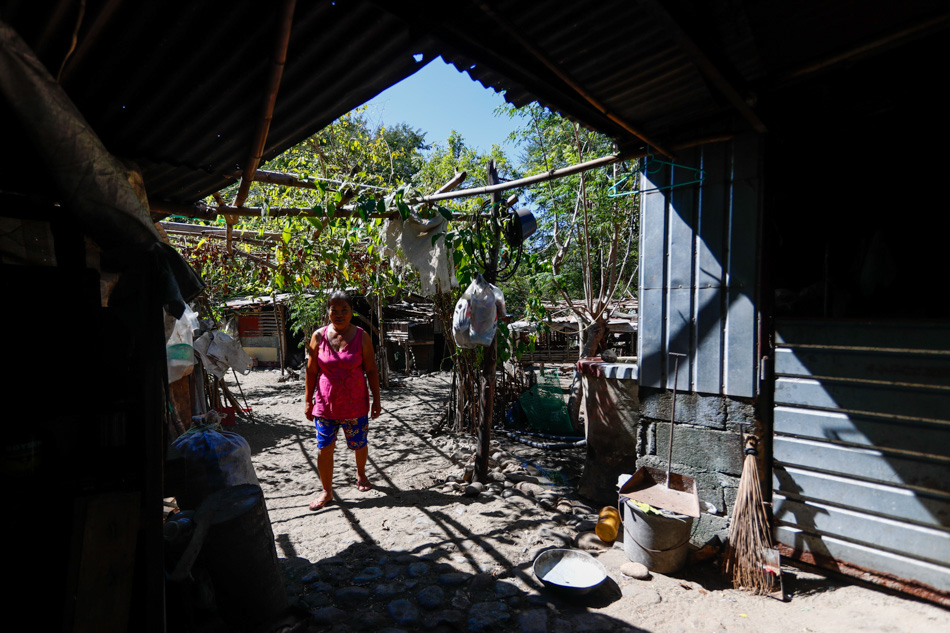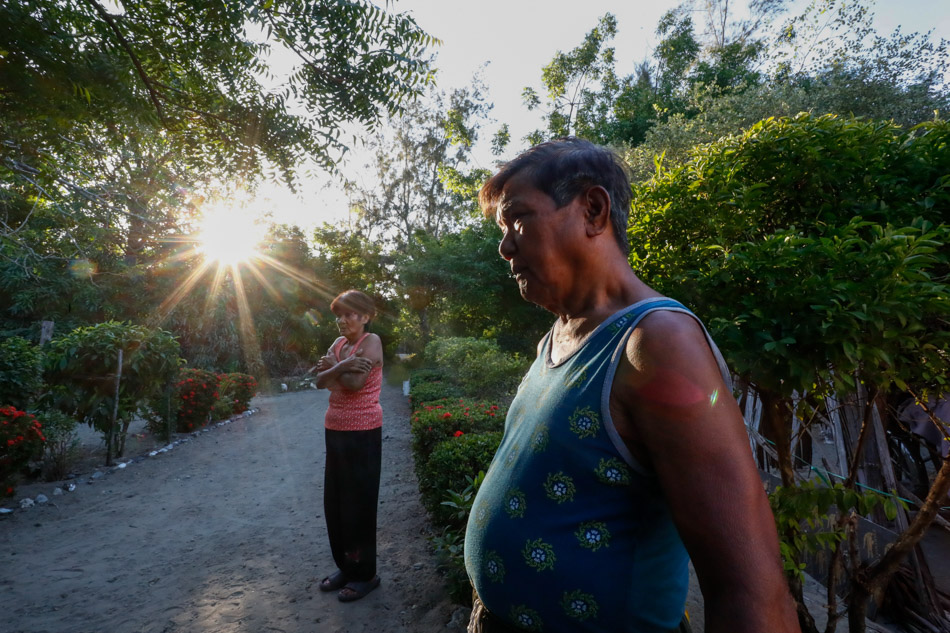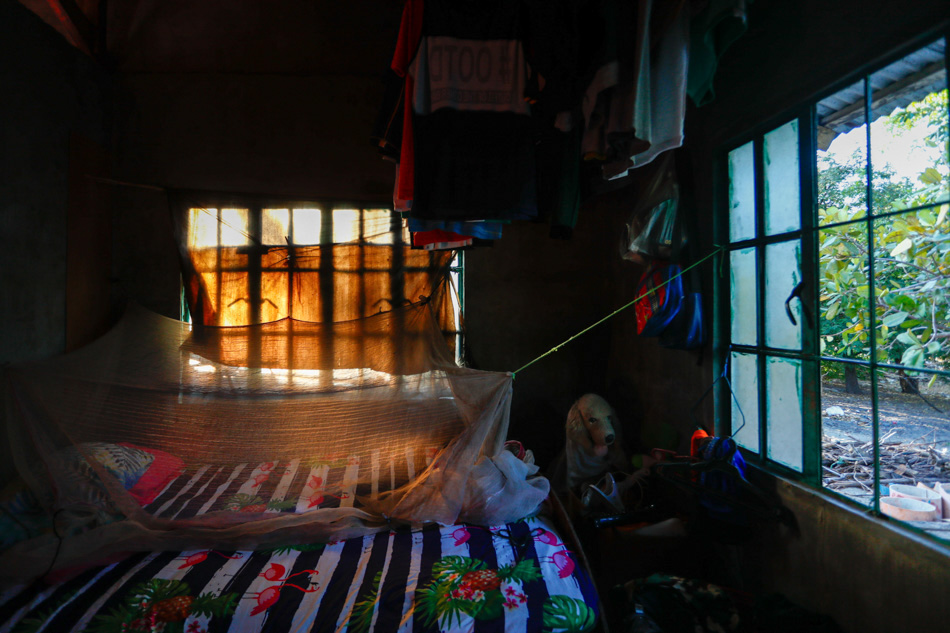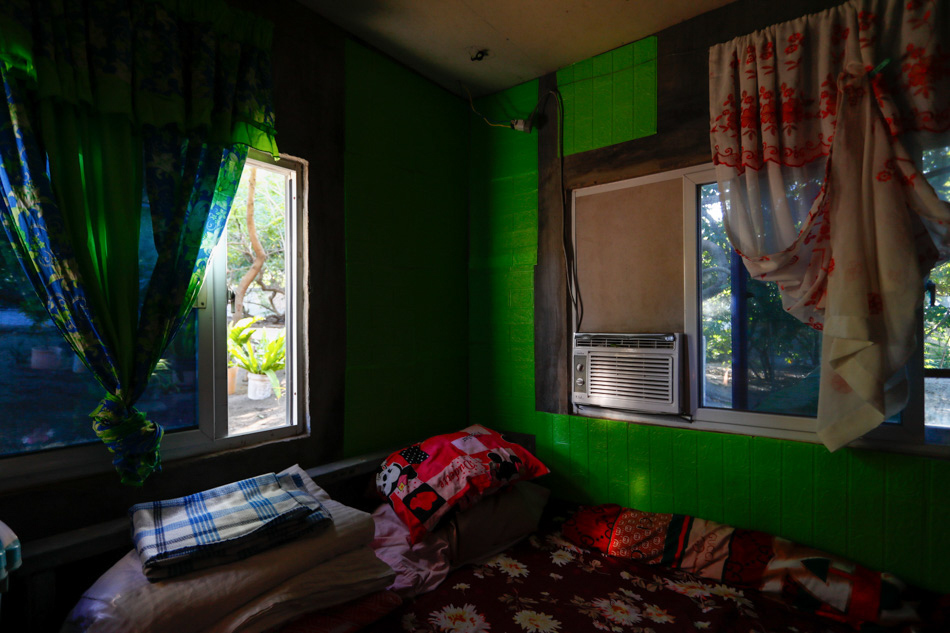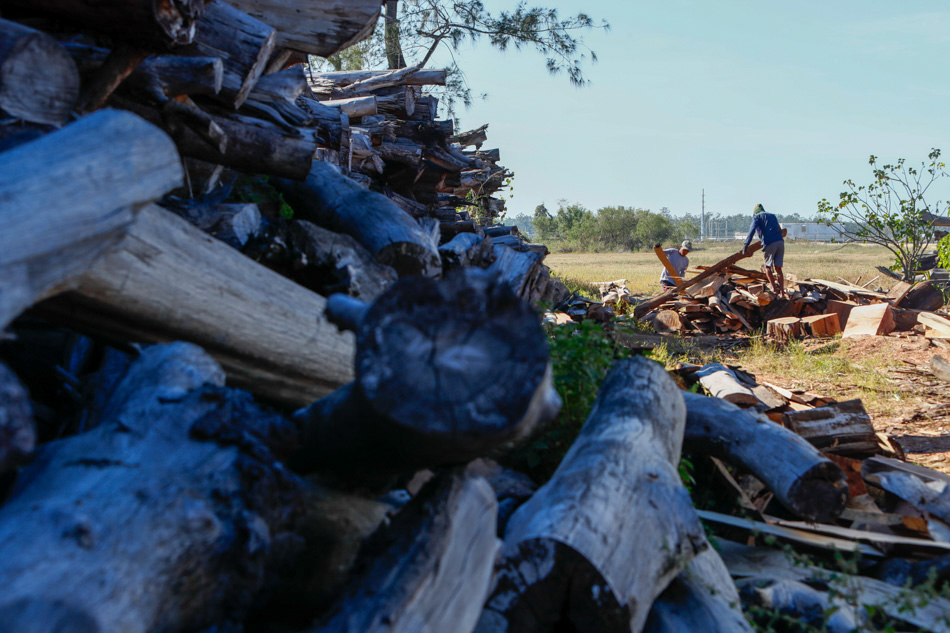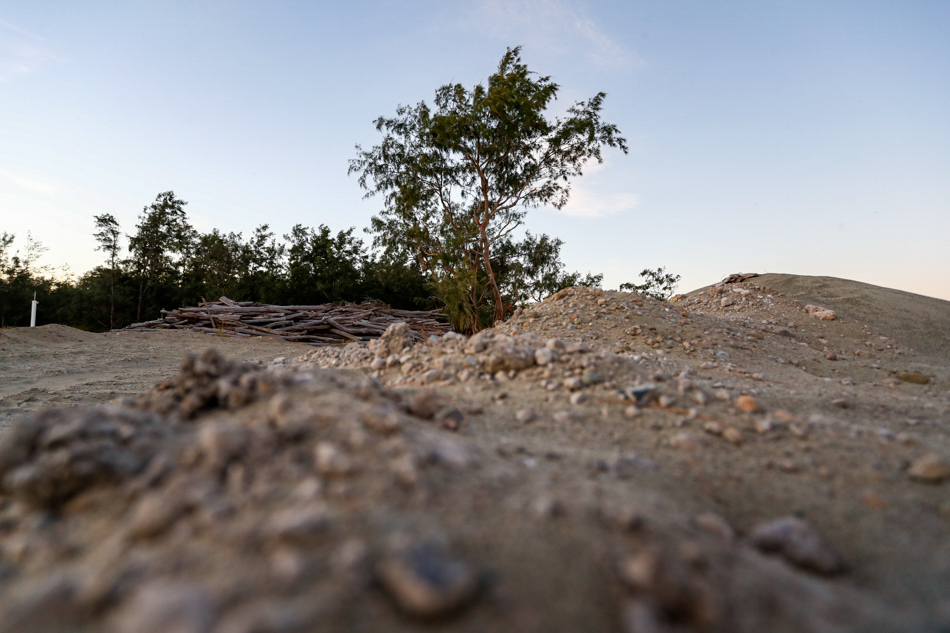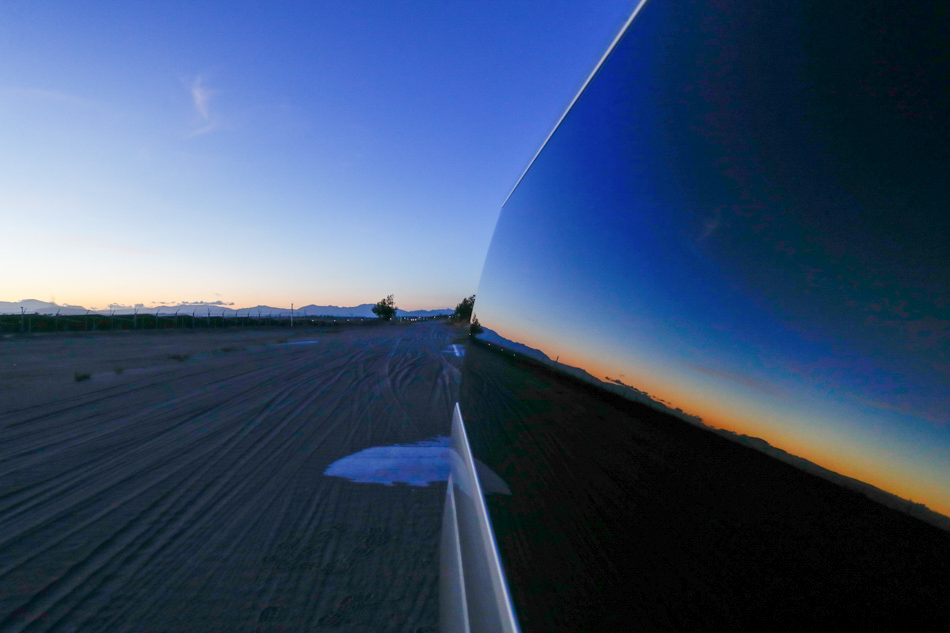Dying timberland contributes to temperature rise | ABS-CBN
ADVERTISEMENT

Welcome, Kapamilya! We use cookies to improve your browsing experience. Continuing to use this site means you agree to our use of cookies. Tell me more!
Dying timberland contributes to temperature rise
Dying timberland contributes to temperature rise
Text and photos by Daniel Ceng,
PCP handout
Published Dec 10, 2023 01:45 AM PHT
In the coastal town of Currimao in the northern Philippines, the sound of ear-piercing chainsaw echoes with the widespread fear that the unbearable heat will continue to escalate, as more trees have been cut down for a sweeping solar power development.
In the coastal town of Currimao in the northern Philippines, the sound of ear-piercing chainsaw echoes with the widespread fear that the unbearable heat will continue to escalate, as more trees have been cut down for a sweeping solar power development.
The threat was not immediately felt, when the project to install solar panels in a pine trees forest land along a beach, just a few hundred meters from the residences, was introduced in 2015 to tackle energy scarcity and instability - one of the country's problems hindering economic growth.
The threat was not immediately felt, when the project to install solar panels in a pine trees forest land along a beach, just a few hundred meters from the residences, was introduced in 2015 to tackle energy scarcity and instability - one of the country's problems hindering economic growth.
Rejections amongst watch groups and experts, however, soon emerged, fearing that uprooting hundreds, if not thousands, of trees in exchange for the solar power plant would take a heavy toll on the environment and people’s health.
Rejections amongst watch groups and experts, however, soon emerged, fearing that uprooting hundreds, if not thousands, of trees in exchange for the solar power plant would take a heavy toll on the environment and people’s health.
NOTE: This story was produced during the 15th Professional Photojournalism and Documentary Photography workshop of the Photojournalists’ Center of the Philippines (PCP) In Ilocos Norte on November 22-25, 2023.
NOTE: This story was produced during the 15th Professional Photojournalism and Documentary Photography workshop of the Photojournalists’ Center of the Philippines (PCP) In Ilocos Norte on November 22-25, 2023.
ADVERTISEMENT
ADVERTISEMENT
ADVERTISEMENT



